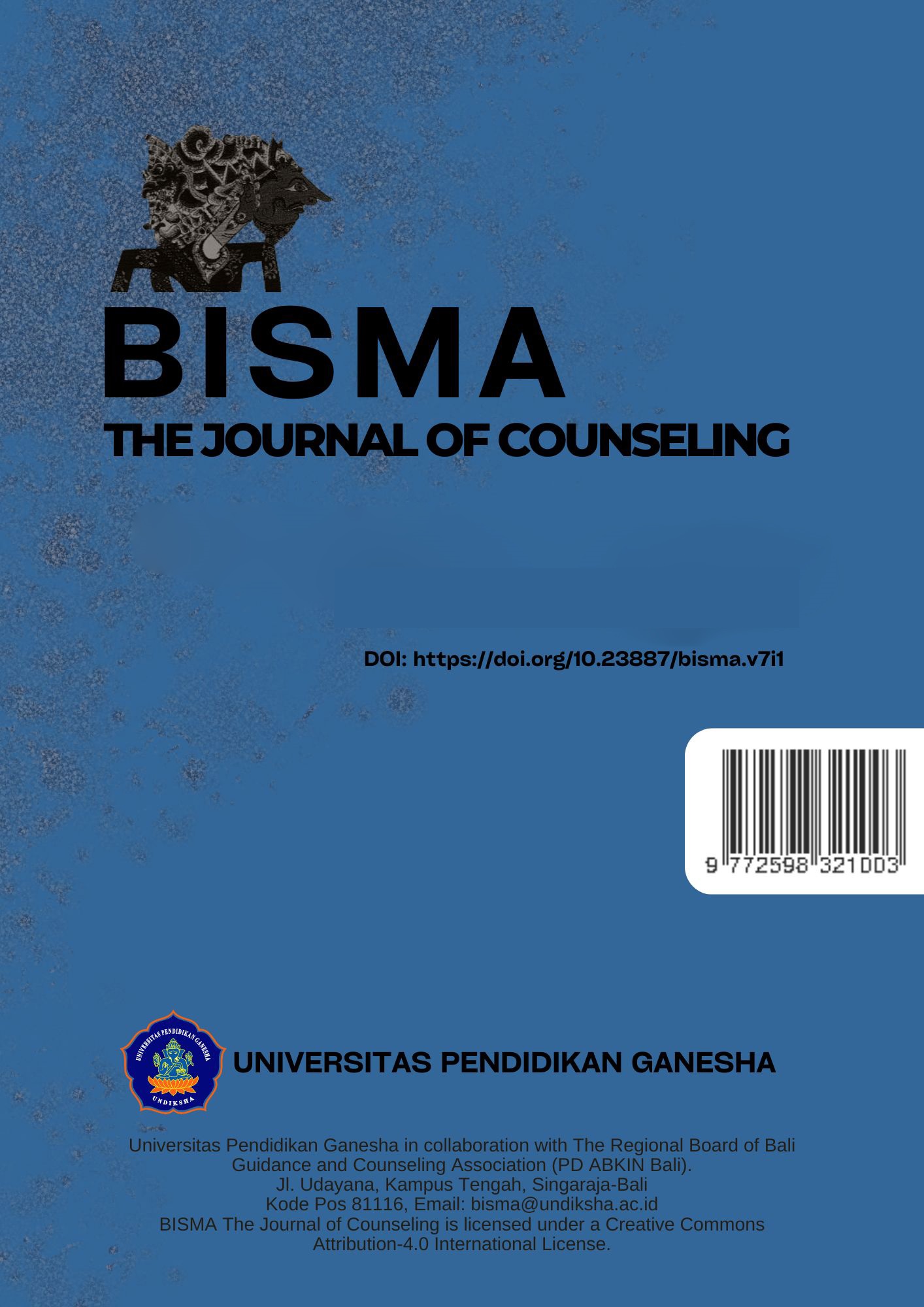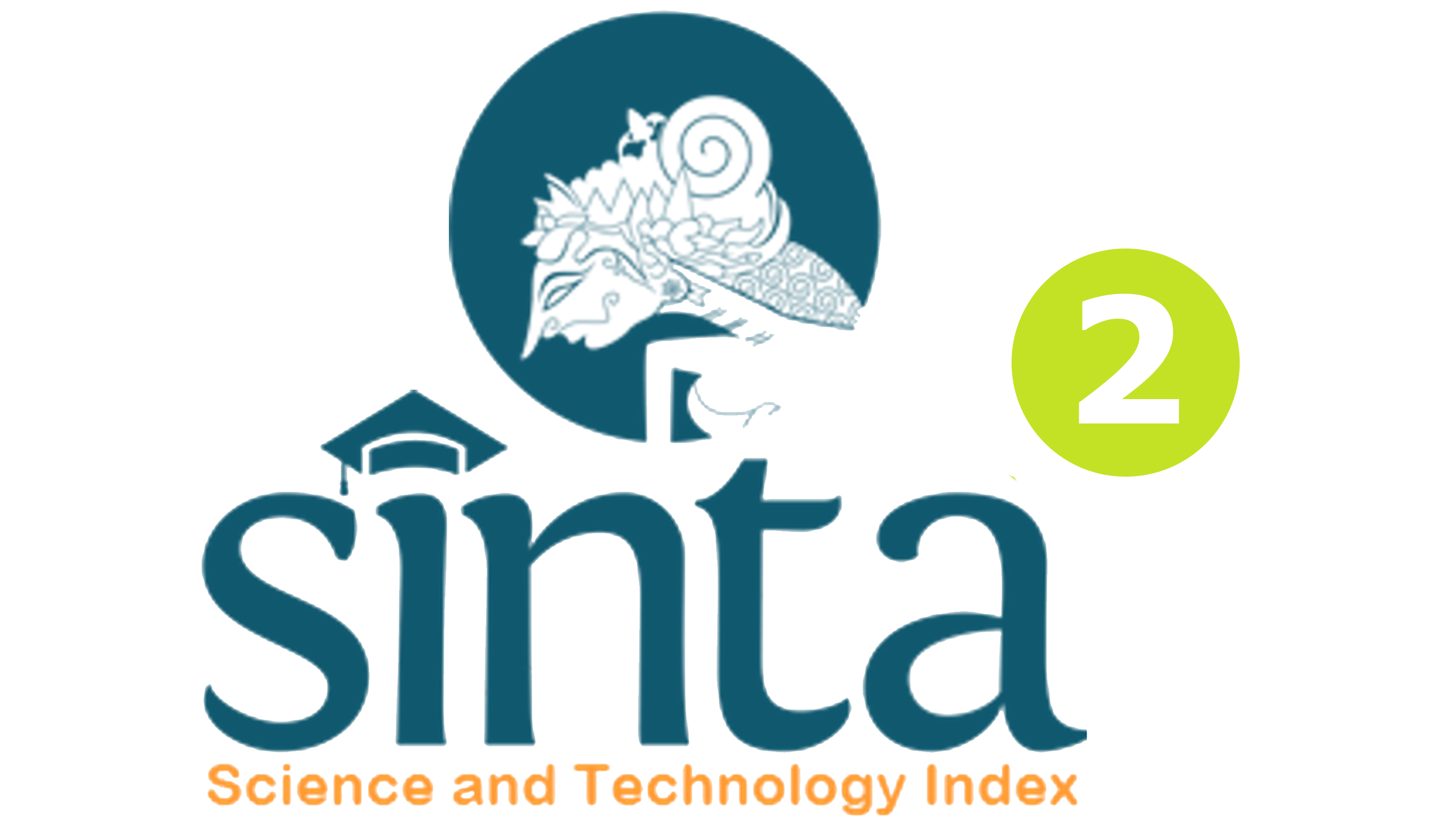Symbolic Modeling and Cultural Integration: A Strategy for Developing Prosocial Behavior in Adolescents
DOI:
https://doi.org/10.23887/bisma.v8i3.86508Keywords:
Prosocial Behaviour, Suki Toka Apa Values, Symbolic Modelling, Group GuidanceAbstract
The low level of prosocial behavior among junior high school students poses potential issues in social interactions, such as a lack of solidarity, indifference, and peer conflicts. This condition can also negatively impact academic success. This study aims to analyze the role of the cultural value suki toka apa in group counseling services using symbolic modeling techniques to enhance prosocial behavior among junior high school students. The research employed a quasi-experimental method with a nonequivalent control group design. The sampling technique used was purposive sampling, involving 71 eighth-grade students. The findings revealed that the application of group counseling with symbolic modeling techniques integrating the value of suki toka apa significantly improved students' prosocial behavior. This is evidenced by the Wilcoxon hypothesis test results, which showed a p-value of 0.022, smaller than the significance level (α = 0.05). Furthermore, the Mann-Whitney U Test, used to identify significant differences between the experimental and control groups, yielded a p-value of 0.005 (0.005 < 0.05), indicating that the alternative hypothesis (Ha) was accepted. In conclusion, integrating the value of suki toka apa into group counseling services with symbolic modeling techniques enables students to internalize and apply prosocial behavior more effectively, ultimately fostering solidarity and a sense of togetherness among them.
Published
Issue
Section
License
Copyright (c) 2024 Mario Martin Taneo, Arbin Janu Setiyowati, Fitri Wahyuni

This work is licensed under a Creative Commons Attribution 4.0 International License.








